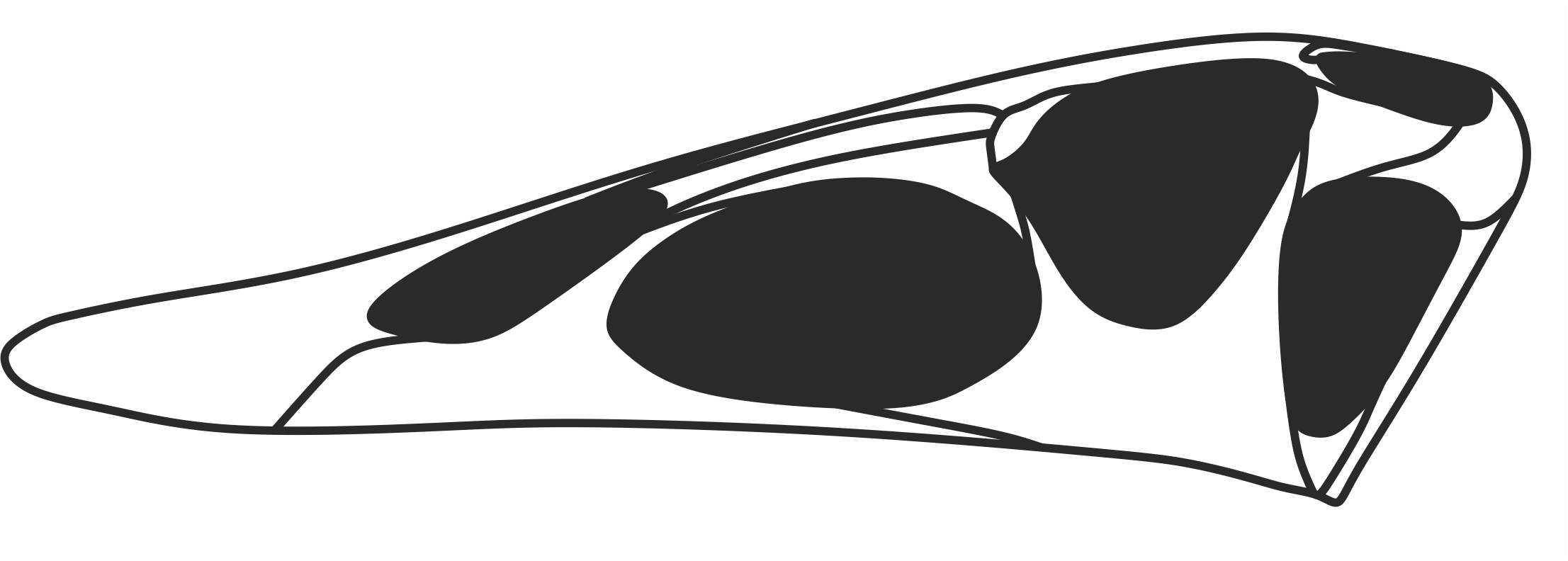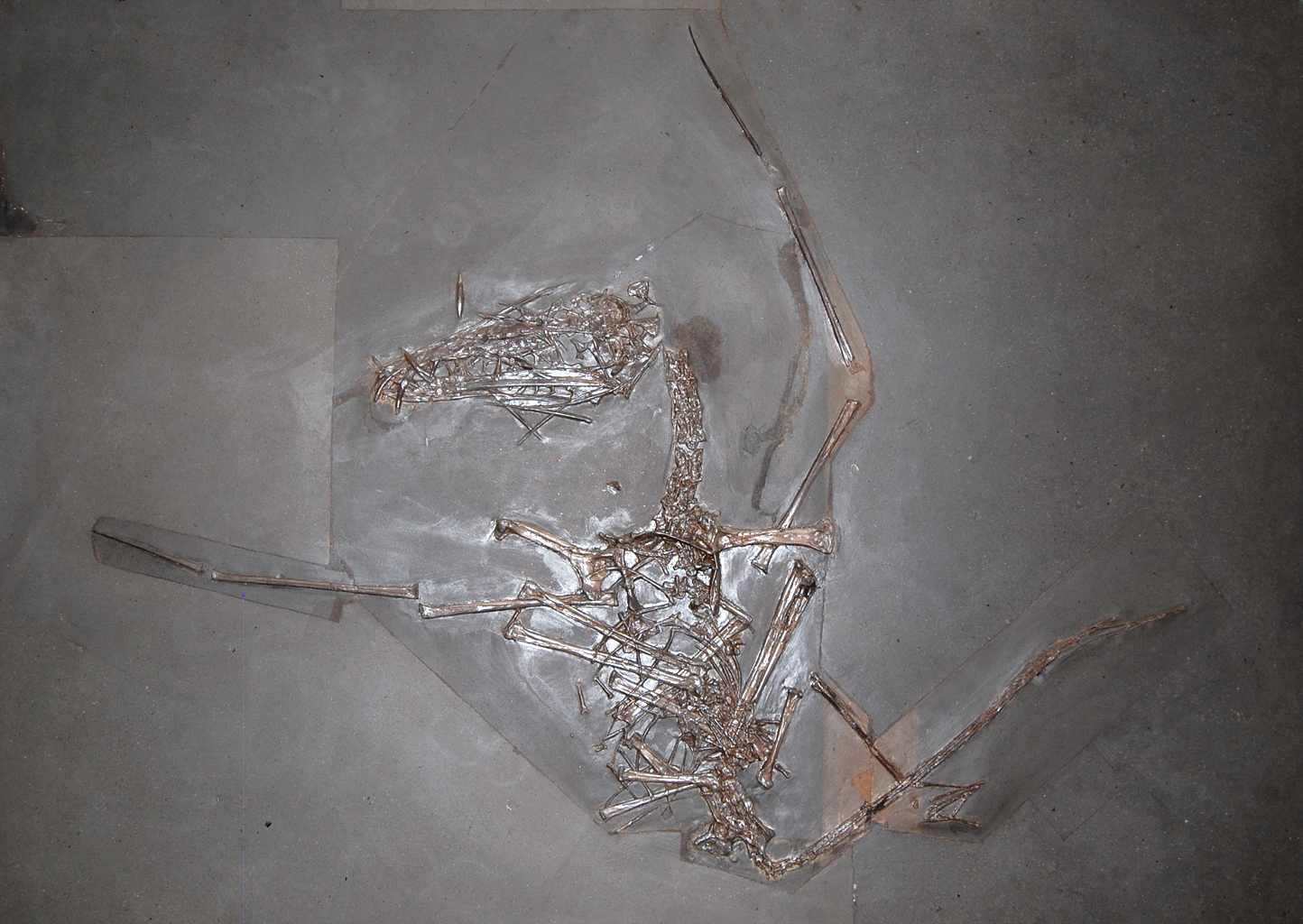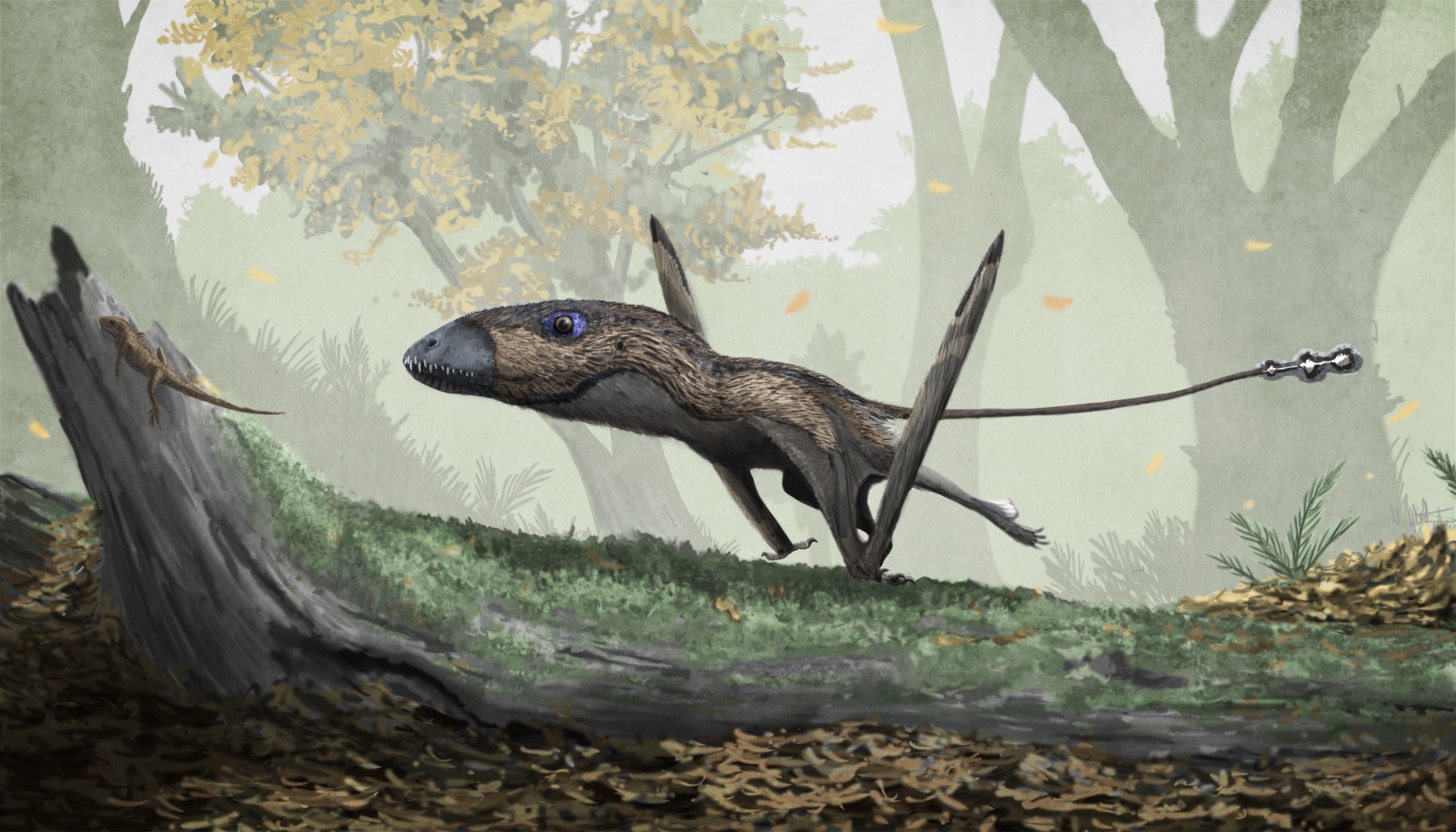|
Graphical Timeline Of Pterosaurs
Timeline showing the development of the extinct reptilian order Pterosauria from its appearance in the late Triassic period to its demise at the end of the Cretaceous, together with an alphabetical listing of pterosaur species and their geological ages. Timeline ImageSize = width:1000px height:2000 PlotArea = left:10px bottom:50px top:10px right:10px Period = from:-252.2 till:-25 TimeAxis = orientation:horizontal ScaleMajor = unit:year increment:10 start:-252.2 ScaleMinor = unit:year increment:1 start:-252.2 TimeAxis = orientation:hor AlignBars = justify Colors = #legends id:CAR value:claret id:ANK value:rgb(0.4,0.3,0.196) id:HER value:teal id:HAD value:green id:OMN value:blue id:black value:black id:white value:white id:mesozoic value:rgb(0.54,0.54,0.258) id:triassic value:rgb(0.51,0.17,0.57) id:earlytriassic value:rgb(0.6,0.22,0.61) id:middletriassic value:rgb(0.73,0.53,0.71) id:latetriassic ... [...More Info...] [...Related Items...] OR: [Wikipedia] [Google] [Baidu] |
Triassic
The Triassic ( ) is a geologic period and system which spans 50.6 million years from the end of the Permian Period 251.902 million years ago (Mya), to the beginning of the Jurassic Period 201.36 Mya. The Triassic is the first and shortest period of the Mesozoic Era. Both the start and end of the period are marked by major extinction events. The Triassic Period is subdivided into three epochs: Early Triassic, Middle Triassic and Late Triassic. The Triassic began in the wake of the Permian–Triassic extinction event, which left the Earth's biosphere impoverished; it was well into the middle of the Triassic before life recovered its former diversity. Three categories of organisms can be distinguished in the Triassic record: survivors from the extinction event, new groups that flourished briefly, and other new groups that went on to dominate the Mesozoic Era. Reptiles, especially archosaurs, were the chief terrestrial vertebrates during this time. A specialized subgroup of arch ... [...More Info...] [...Related Items...] OR: [Wikipedia] [Google] [Baidu] |
Eudimorphodon Rosenfeldi
''Carniadactylus'' is a genus of pterosaur which existed in Europe during the Late Triassic period (late Carnian or early Norian, about 228 million years agoBarrett, P. M., Butler, R. J., Edwards, N. P., & Milner, A. R. (2008). Pterosaur distribution in time and space: an atlas. ''Zitteliana'', 61-107/ref>). The genus contains a single species, ''Carniadactylus rosenfeldi''. Description ''Carniadactylus'' was similar in appearance and anatomy to its close relative '' Eudimorphodon'', though it was significantly smaller. Like ''Eudimorphodon'', it is notable for its complex multi-cusped teeth. Despite their similarities, the size difference between these two pterosaurs likely meant that they occupied different niches and relied on different food sources. This is supported by studies of their teeth. While similar in construction, the teeth of ''Carniadactylus'' show little to no wear, unlike the larger, fish-eating ''Eudimorphodon'', which may have been able to chew its food. Th ... [...More Info...] [...Related Items...] OR: [Wikipedia] [Google] [Baidu] |
Rhamphocephalus
''Rhamphocephalus'' ("beak head") is an extinct genus of fossil reptile from the Middle Jurassic (Bathonian stage) Great Oolite Group of Gloucestershire, England. The name was erected as a genus of pterosaur and became a 'wastebasket taxon' for British Jurassic pterosaur remains until a recent revision. ''Rhamphocephalus'' comprises several named species, two of which are pterosaurian, but the type species - ''R. prestwichi'' - is based on remains now identified as a thalattosuchian. Because it is poorly preserved and lacks features that distinguish it from other thalattosuchians, ''R. prestwichi'' is considered an invalid species and the genus ''Rhamphocephalus'' is a nomen dubium. Reassessments of other ''Rhamphocephalus'' species suggest they are also undiagnostic to species level, although they have properties allowing referral to some Jurassic pterosaur groups. Taxonomy The type species, ''R. prestwichi'', is known from the skull roof fragment OUM J.28266, found the Kineton T ... [...More Info...] [...Related Items...] OR: [Wikipedia] [Google] [Baidu] |
Rhamphocephalus Bucklandi
''Rhamphocephalus'' ("beak head") is an extinct genus of fossil reptile from the Middle Jurassic ( Bathonian stage) Great Oolite Group of Gloucestershire, England. The name was erected as a genus of pterosaur and became a ' wastebasket taxon' for British Jurassic pterosaur remains until a recent revision. ''Rhamphocephalus'' comprises several named species, two of which are pterosaurian, but the type species - ''R. prestwichi'' - is based on remains now identified as a thalattosuchian. Because it is poorly preserved and lacks features that distinguish it from other thalattosuchians, ''R. prestwichi'' is considered an invalid species and the genus ''Rhamphocephalus'' is a nomen dubium In binomial nomenclature, a ''nomen dubium'' (Latin for "doubtful name", plural ''nomina dubia'') is a scientific name that is of unknown or doubtful application. Zoology In case of a ''nomen dubium'' it may be impossible to determine whether a s .... Reassessments of other ''Rhamphocephalus'' ... [...More Info...] [...Related Items...] OR: [Wikipedia] [Google] [Baidu] |
Dimorphodon Weintraubi
''Dimorphodon'' was a genus of medium-sized pterosaur from the early Jurassic Period. It was named by paleontologist Richard Owen in 1859. ''Dimorphodon'' means "two-form tooth", derived from the Greek (') meaning "two", (') meaning "shape" and (') meaning "tooth", referring to the fact that it had two distinct types of teeth in its jaws – which is comparatively rare among reptiles. ''Dimorphodon'' inhabited Europe. Description The body structure of ''Dimorphodon'' displays many "primitive" characteristics, such as, according to Owen, a very small brain-pan and proportionally short wings. The first phalanx in its flight finger is only slightly longer than its lower arm. The neck was short but strong and flexible and may have had a membranous pouch on the underside. The vertebrae had pneumatic foramina, openings through which the air sacs could reach the hollow interior. ''Dimorphodon'' had an adult body length of long, with a 1.45 metre (4.6 ft) wingspan. The ta ... [...More Info...] [...Related Items...] OR: [Wikipedia] [Google] [Baidu] |
Parapsicephalus Purdoni
''Parapsicephalus'' (meaning "beside arch head") is a genus of long-tailed rhamphorhynchid pterosaurs from the Lower Jurassic Whitby, Yorkshire, England. It contains a single species, ''P. purdoni'', named initially as a species of the related rhamphorhynchid '' Scaphognathus'' in 1888 but moved to its own genus in 1919 on account of a unique combination of characteristics. In particular, the top surface of the skull of ''Parapsicephalus'' is convex, which is otherwise only seen in dimorphodontians. This has been the basis of its referral to the Dimorphodontia by some researchers, but it is generally agreed upon that ''Parapsicephalus'' probably represents a rhamphorhynchid. Within the Rhamphorhynchidae, ''Parapsicephalus'' has been synonymized with the roughly contemporary '' Dorygnathus''; this, however, is not likely given the many differences between the two taxa, including the aforementioned convex top surface of the skull. ''Parapsicephalus'' has been tentatively ref ... [...More Info...] [...Related Items...] OR: [Wikipedia] [Google] [Baidu] |
Dorygnathus Mistelgauensis
''Dorygnathus'' ("spear jaw") was a genus of rhamphorhynchid pterosaur that lived in Europe during the Early Jurassic period, when shallow seas flooded much of the continent. It had a short () wingspan, and a relatively small triangular sternum, which is where its flight muscles attached. Its skull was long and its eye sockets were the largest opening therein. Large curved fangs that "intermeshed" when the jaws closed featured prominently at the front of the snout while smaller, straighter teeth lined the back. Having two or more morphs of teeth, a condition called heterodonty, is rare in modern reptiles but more common in basal ("primitive") pterosaurs. The heterodont dentition in ''Dorygnathus'' is consistent with a piscivorous (fish-eating) diet. The fifth digit on the hindlimbs of ''Dorygnathus'' was unusually long and oriented to the side. Its function is not certain, but the toe may have supported a membrane like those supported by its wing-fingers and pteroids. ''Dor ... [...More Info...] [...Related Items...] OR: [Wikipedia] [Google] [Baidu] |
Dorygnathus Banthensis
''Dorygnathus'' ("spear jaw") was a genus of rhamphorhynchid pterosaur that lived in Europe during the Early Jurassic period, when shallow seas flooded much of the continent. It had a short () wingspan, and a relatively small triangular sternum, which is where its flight muscles attached. Its skull was long and its eye sockets were the largest opening therein. Large curved fangs that "intermeshed" when the jaws closed featured prominently at the front of the snout while smaller, straighter teeth lined the back. Having two or more morphs of teeth, a condition called heterodonty, is rare in modern reptiles but more common in basal ("primitive") pterosaurs. The heterodont dentition in ''Dorygnathus'' is consistent with a piscivorous (fish-eating) diet. The fifth digit on the hindlimbs of ''Dorygnathus'' was unusually long and oriented to the side. Its function is not certain, but the toe may have supported a membrane like those supported by its wing-fingers and pteroids. ''Dorygnathu ... [...More Info...] [...Related Items...] OR: [Wikipedia] [Google] [Baidu] |
Campylognathoides
''Campylognathoides'' ("curved jaw", Strand 1928) is an extinct genus of pterosaur discovered in the Württemberg Lias deposits (dated to the early Toarcian ageBarrett, P. M., Butler, R. J., Edwards, N. P., & Milner, A. R. (2008). "Pterosaur distribution in time and space: an atlas". ''Zitteliana'', 61–107/ref>) of Germany; this first specimen however, consisted only of wing fragments. Further better preserved specimens were found in the Holzmaden shale; based on these specimens, Felix Plieninger erected a new genus. Discovery In 1858 Friedrich August Quenstedt named a new species of ''Pterodactylus'': ''P. liasicus''. It was based on a fossil, holotype GPIT 9533, consisting of some wing bones, found on the Wittberg near Metzingen in layers dating from the early Toarcian, about 180 million years old. The specific name referred to the Lias. Quenstedt thought he had identified long metacarpals in the wing, concluding that the new species was therefore not belonging to more ... [...More Info...] [...Related Items...] OR: [Wikipedia] [Google] [Baidu] |
Campylognathoides Indicus
''Campylognathoides'' ("curved jaw", Strand 1928) is an extinct genus of pterosaur discovered in the Württemberg Lias deposits (dated to the early Toarcian ageBarrett, P. M., Butler, R. J., Edwards, N. P., & Milner, A. R. (2008). "Pterosaur distribution in time and space: an atlas". ''Zitteliana'', 61–107/ref>) of Germany; this first specimen however, consisted only of wing fragments. Further better preserved specimens were found in the Holzmaden shale; based on these specimens, Felix Plieninger erected a new genus. Discovery In 1858 Friedrich August Quenstedt named a new species of '' Pterodactylus'': ''P. liasicus''. It was based on a fossil, holotype GPIT 9533, consisting of some wing bones, found on the Wittberg near Metzingen in layers dating from the early Toarcian, about 180 million years old. The specific name referred to the Lias. Quenstedt thought he had identified long metacarpals in the wing, concluding that the new species was therefore not belonging ... [...More Info...] [...Related Items...] OR: [Wikipedia] [Google] [Baidu] |
Dimorphodon Macronyx
''Dimorphodon'' was a genus of medium-sized pterosaur from the early Jurassic Period. It was named by paleontologist Richard Owen in 1859. ''Dimorphodon'' means "two-form tooth", derived from the Greek (') meaning "two", (') meaning "shape" and (') meaning "tooth", referring to the fact that it had two distinct types of teeth in its jaws – which is comparatively rare among reptiles. ''Dimorphodon'' inhabited Europe. Description The body structure of ''Dimorphodon'' displays many "primitive" characteristics, such as, according to Owen, a very small brain-pan and proportionally short wings. The first phalanx in its flight finger is only slightly longer than its lower arm. The neck was short but strong and flexible and may have had a membranous pouch on the underside. The vertebrae had pneumatic foramina, openings through which the air sacs could reach the hollow interior. ''Dimorphodon'' had an adult body length of long, with a 1.45 metre (4.6 ft) wingspan. ... [...More Info...] [...Related Items...] OR: [Wikipedia] [Google] [Baidu] |






